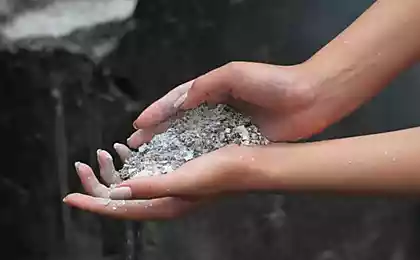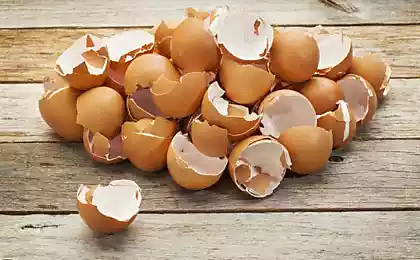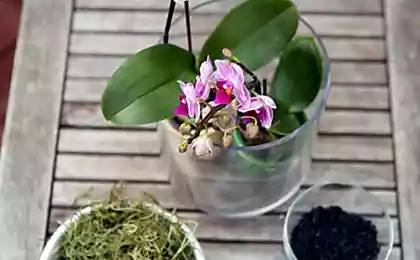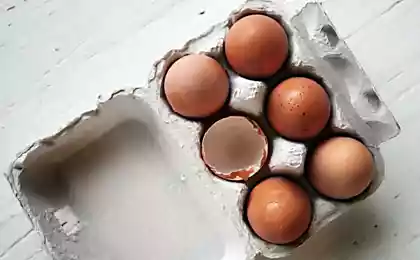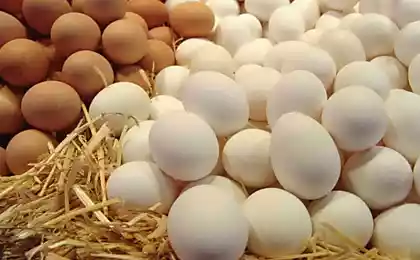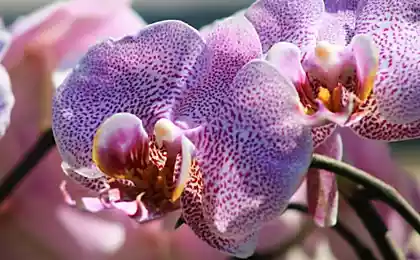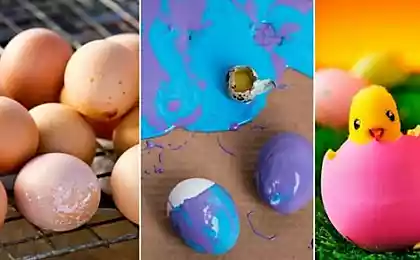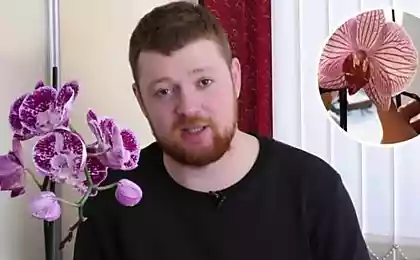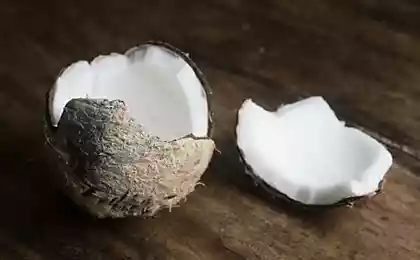160
Feeding orchids in December, so that they bloom wildly all winter, telling how to make fertilizer from eggshells
Some home gardeners are often faced with misunderstanding in the care of plants on the windowsill. For example, How to transplant an orchid at homeHow to feed it, what organic substances suit it best. In this article, we will share our tips and reveal some secrets of this simple, but very interesting hobby.

In general, the phanylopsis, or, as we are more familiar, the orchid, is a rather not capricious flower. It is perfect for a women’s room not only for reasons of energy connection, but also simply because of its appearance. Miniature, delicate flowers with very elegant lines have long won the hearts of many girls and women. And throughout history, people believed that such a plant can grow only in people special, standing out from the gray mass.
How to transplant an orchid at home Orchid transplantation may be required for various reasons. For example, to “move” the plant into a larger pot. This plant has a well-developed root system. It needs a lot of space and access to oxygen. Lack of adequate free space or too rammed soil will lead to the fact that the orchid will not be able to grow and develop normally.

For this reason, only a substrate of medium or large fractions can be used to plant or transplant an orchid. Small factions clog up water, interfere with air access to the roots, and they begin to rot. The result is known.
First way. transplantation of our flower - transplantation into a pot with a substrate. The container should be wide and shallow. On the bottom and walls of the pot, it is necessary to make small holes. Excess water will flow through them, and oxygen can flow to the roots of the plant. The pot itself must be transparent.
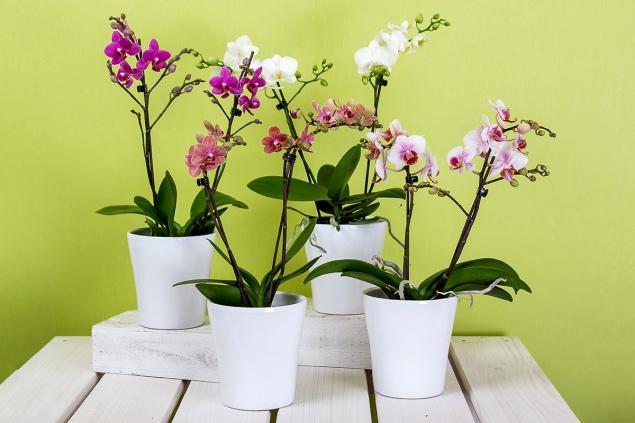
phere The second way. transplantation and cultivation - plant an orchid on special blocks of tree bark. Thus, after irrigation, the roots of the plant can quickly dry out and get enough oxygen. Just like nature. But transplant flowering plant is strictly prohibited. Due to lack of strength, the transplant will simply not be able to move.
It turns out that you can feed the orchid not only with purchased means with a large percentage of synthetic components, but also in a natural way. Specifically, egg-shell. We offer you a choice of 3 wonderful recipes.
Recipe 1. Take the shell of 1 or more eggs and clean it of internal films. Pour clean filtered water. You can take 1 liter of water for 2 treated shells. Bring it all to a boil and boil for 15 minutes. Turn off the fire, strain the water. Shells are no longer needed, she gave all the useful substances to the water.
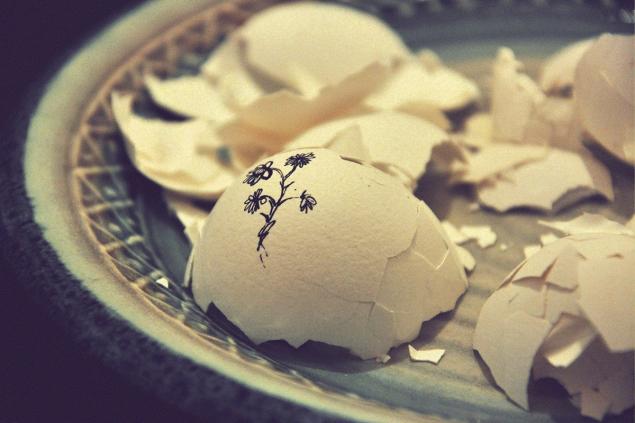
This water can be watered the plant for 15 days before flowering. The orchid will form beautiful inflorescences, and it will remain strong for the qualitative development of the root system.
Recipe 2. Just collect the shell in a jar, before you clean it from the same films. When you feel that the shells are more than enough, get down to business. Dry the shell in the oven at 200 degrees. 10 minutes should be enough. If there's a coffee grinder, fine. But even a mortar and a pestle will do. We need to grind the dried shell into dust.
1 teaspoon without a slide is diluted in a glass of warm water. We wait until the water cools and water the flower with this solution. But no more than once every 2 weeks. The result is seen almost immediately.
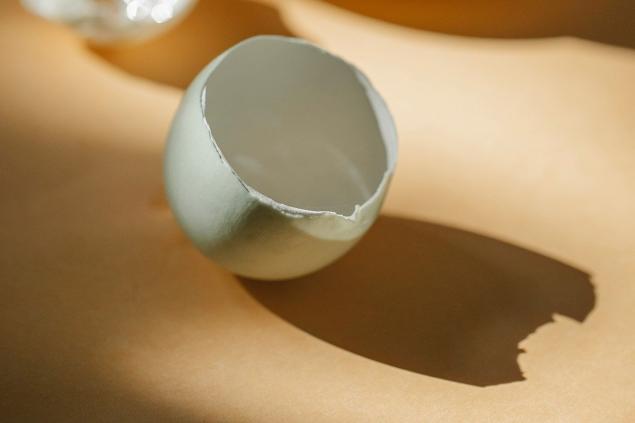
Peels recipe 3. It's the simplest. We take the shell, clean the films, put in a jar and pour water. Let us insist: in the summer one day is enough. At other times you will have to wait 3 days. That's it. Water the flower with this infusion, monitor its condition. About 3 waterings will be enough. Next, the plant will not need help.
Orchid lighting is quite demanding of light. In the sense that it should not be too little or, conversely, too much. If the plant lacks ultraviolet, its leaves become darker than usual. Just dark green. With too much light, the leaves turn yellow and become covered with spots. The normal color of orchid leaves is bright green. Sometimes with a reddish tint.
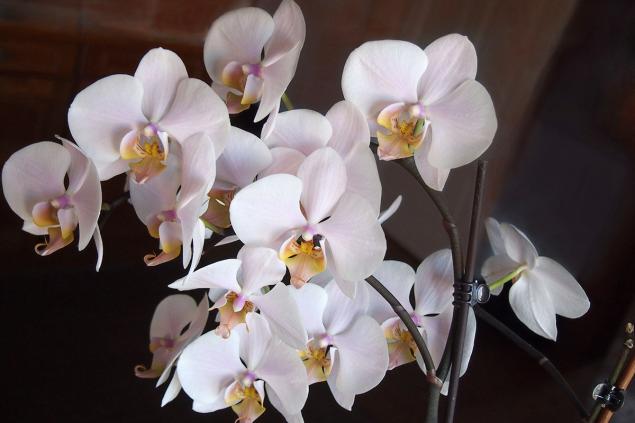
Now you are ready to work with this plant. Transplant, recharge and lighting. If you do not forget anything and do everything right, the orchid will decorate your home with its recognizable and gentle presence.

In general, the phanylopsis, or, as we are more familiar, the orchid, is a rather not capricious flower. It is perfect for a women’s room not only for reasons of energy connection, but also simply because of its appearance. Miniature, delicate flowers with very elegant lines have long won the hearts of many girls and women. And throughout history, people believed that such a plant can grow only in people special, standing out from the gray mass.
How to transplant an orchid at home Orchid transplantation may be required for various reasons. For example, to “move” the plant into a larger pot. This plant has a well-developed root system. It needs a lot of space and access to oxygen. Lack of adequate free space or too rammed soil will lead to the fact that the orchid will not be able to grow and develop normally.

For this reason, only a substrate of medium or large fractions can be used to plant or transplant an orchid. Small factions clog up water, interfere with air access to the roots, and they begin to rot. The result is known.
First way. transplantation of our flower - transplantation into a pot with a substrate. The container should be wide and shallow. On the bottom and walls of the pot, it is necessary to make small holes. Excess water will flow through them, and oxygen can flow to the roots of the plant. The pot itself must be transparent.

phere The second way. transplantation and cultivation - plant an orchid on special blocks of tree bark. Thus, after irrigation, the roots of the plant can quickly dry out and get enough oxygen. Just like nature. But transplant flowering plant is strictly prohibited. Due to lack of strength, the transplant will simply not be able to move.
It turns out that you can feed the orchid not only with purchased means with a large percentage of synthetic components, but also in a natural way. Specifically, egg-shell. We offer you a choice of 3 wonderful recipes.
Recipe 1. Take the shell of 1 or more eggs and clean it of internal films. Pour clean filtered water. You can take 1 liter of water for 2 treated shells. Bring it all to a boil and boil for 15 minutes. Turn off the fire, strain the water. Shells are no longer needed, she gave all the useful substances to the water.

This water can be watered the plant for 15 days before flowering. The orchid will form beautiful inflorescences, and it will remain strong for the qualitative development of the root system.
Recipe 2. Just collect the shell in a jar, before you clean it from the same films. When you feel that the shells are more than enough, get down to business. Dry the shell in the oven at 200 degrees. 10 minutes should be enough. If there's a coffee grinder, fine. But even a mortar and a pestle will do. We need to grind the dried shell into dust.
1 teaspoon without a slide is diluted in a glass of warm water. We wait until the water cools and water the flower with this solution. But no more than once every 2 weeks. The result is seen almost immediately.

Peels recipe 3. It's the simplest. We take the shell, clean the films, put in a jar and pour water. Let us insist: in the summer one day is enough. At other times you will have to wait 3 days. That's it. Water the flower with this infusion, monitor its condition. About 3 waterings will be enough. Next, the plant will not need help.
Orchid lighting is quite demanding of light. In the sense that it should not be too little or, conversely, too much. If the plant lacks ultraviolet, its leaves become darker than usual. Just dark green. With too much light, the leaves turn yellow and become covered with spots. The normal color of orchid leaves is bright green. Sometimes with a reddish tint.

Now you are ready to work with this plant. Transplant, recharge and lighting. If you do not forget anything and do everything right, the orchid will decorate your home with its recognizable and gentle presence.
Received a New Year's award, went to a friend to visit, on the way bought cereals, butter, cheese, tuna in canned food, came and opened her refrigerator.
Talked to my grandmother in a lavender down jacket, she also knows what color will be the most fashionable in 2022.

